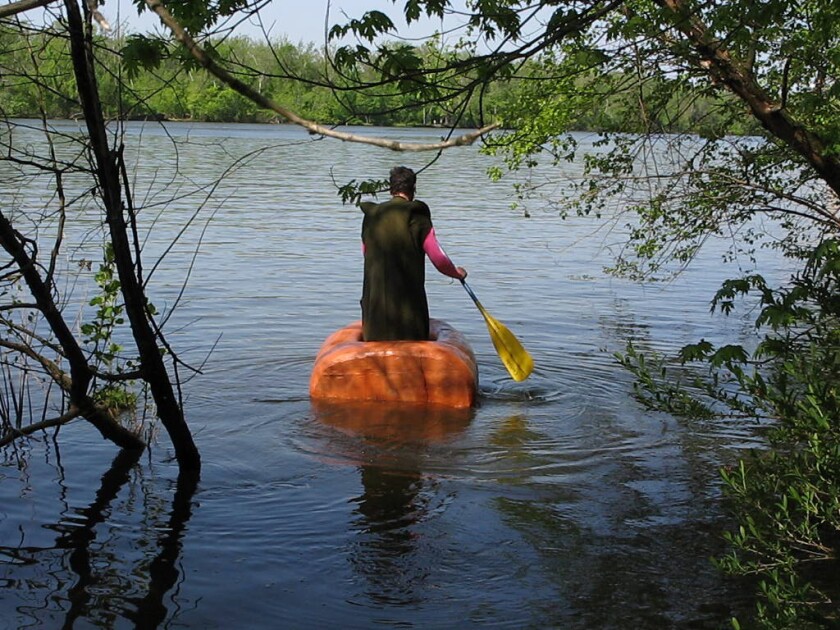Wish fulfillment is at the heart of art-making for ceramist Gian Pierotti

Prior to studying art at BYU, Gian Pierotti never thought of himself as an artist. He had only an abstract view of himself as a creative person until he enrolled in sculpture and ceramics classes, where his talent attracted the attention of professors. Recognition from 3D faculty kindled within Pierotti the growing belief that he could be an artist.
“I would get to work in the studio and I would forget to eat,” Pierotti said. “Time was not really a thing. That was the first time I remember having those moments within an academic setting. That’s when I decided to commit to art and I went all in.”
Pierotti explained that upon graduating with an art degree, he considered only two possible paths to success: teaching or studio work. Now he says that being an artist is more expansive than either of those options.
“The surprise right now for me is that there are a lot more opportunities out there if you’re willing to brainstorm and be brave and take chances and go experiment,” Pierotti said.
Art as Wish Fulfillment
After graduating from BYU, Pierotti pursued an MFA at Virginia Commonwealth University (VCU). As a graduate student, he became an inventor of sorts, making art in response to scenarios he dreamed up. During his first year in VCU’s competitive ceramics program, Pierotti wondered how he could explore the James River using ceramics. Subsequently, he made a large terracotta boat that he floated down the river and docked on an island, where he documented his adventures over several days before leaving the 600-pound craft for another voyager to discover.

The following year, Pierotti imagined a nonviolent apocalypse where technology regressed and ceramics was critical to society and development. Using ceramics, he built tools he would need to survive, including a blanket, a hearth, and structures for gardening. Together, these creations became his thesis show.
A Fulfilling Day Job
Post-VCU, Pierotti stayed home full-time with his young son. One year into this role, he began teaching new media and 3D classes in the evenings at his alma mater. He also taught ceramics at the nonprofit organization Visual Arts Center of Richmond.
“I was with my son all day, then at night I would go off and teach classes and that was a really busy and difficult time,” Pierotti said. Pierotti now works full-time at VCU as an academic advisor, where he counsels incoming art freshmen, many of whom are first-generation college students. “[VCU] is very committed to upward mobility and helping students that aren’t used to the rigors of academia, to bring them up to speed,” Pierotti said. “It’s been really rewarding to help students untangle all of the procedural stuff, but also to have conversations about being an arts major and what that looks like after graduation.”
Balancing his career with his roles as an artist and father of two, Pierotti consistently carves out time for working in his studio, located at the Visual Arts Center. In return for mixing glazes and loading kilns for VisArts, he is given access to a professionally equipped studio.
Pierotti is represented by ADA Gallery, where he has a show about once a year.
